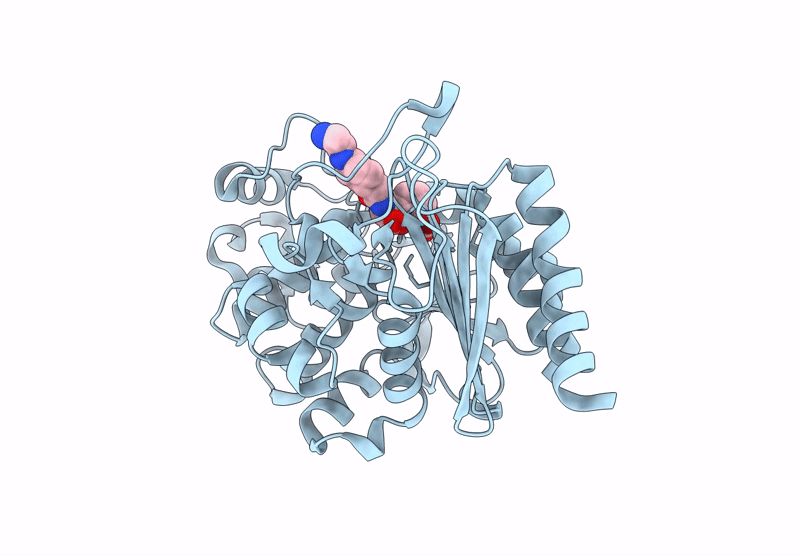
Deposition Date
2024-03-11
Release Date
2025-03-19
Last Version Date
2025-07-09
Entry Detail
PDB ID:
9AZU
Keywords:
Title:
Crystal structure of PDC-3 beta-lactamase in complex with taniborbactam
Biological Source:
Source Organism:
Pseudomonas aeruginosa (Taxon ID: 287)
Host Organism:
Method Details:
Experimental Method:
Resolution:
1.73 Å
R-Value Free:
0.20
R-Value Work:
0.16
R-Value Observed:
0.16
Space Group:
P 21 21 21


